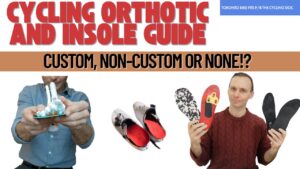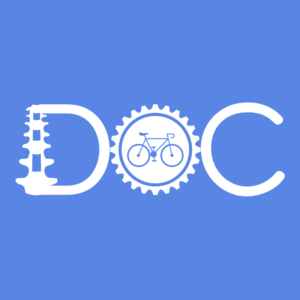The physical consequences of stress could be contributing to your neck and back pain
Your body doesn’t know the difference between a deadline, an insufferable manager or encountering a sabre-tooth tiger on your walk. The result with all three is the activation of your fight-or-flight response (FFR), albeit at a likely less significant level for the tiger option.
When your sympathetic nervous system (FFR) kicks in, there are a host of changes in the body that prepare you to escape or fight that are helpful and allow you to ride to the occasion in the short-term but dangerous for your health when prolonged. Beyond the changes to organs like your health, lungs, pancreas, etc that can cause global changes to the body like weight gain and metabolic disease, the FFR will also tighten your muscles, shift your spine forward and compress your spine.
These physical consequences of stress can lead to tremendous consequences for the spine and musculoskeletal system. Whether it is headaches, muscle spasm, pain, lack of mobility, gut issues or generalized tension, these physical consequences of stress are perhaps the most common and consequential lifestyle factor that affects the health of our patients.
How to reduce your stress
Sometimes life is just stressful. I have engineered my life so that I encounter as little stress as possible.
1) Option 1: AVOID STRESS
This is the most difficult option, obviously. We can’t pick our families, our boss, the traffic or so many other factors that make life stressful for us. When you can pick a path that is going to have fewer sabre-tooth tigers, do that. If you can a briefcase full of money on your next walk, I hope you enjoy the Maldives and a near-stress-free existence.
2) Option 2: Change your lens
Two people might look at the same situation very differently. I imagine that the presidents and prime ministers of the world are much less reactive to stress and likely remain cool, calm and collected when most people (hand up) would start to feel their heart race, their muscles tense and their spine flex forward. The lens through which you appraise any situation is going to have a tremendous effect on how you interpret it and the potential threat and the resulting stress it poses and creates respectively.
The goal of this blog is not to help you change your lens. That is the goal of the Tony Robbins of the world. Working with a life coach, therapist or business coach could be a great way to improve your lens. Reading books like Man’s Search for Meaning, Grit, or Mindset would also be a great place to start. If you want something easy like say a Ted Talk, here you go.
3) Option 3: Minimize the physical effect of stress on the body
For when you can’t avoid the stressors of life and when no amount of positive psychology or mindset can change your lens. You are feeling stressed and the consequences of the FFR are kicking in. Do these things:
- Body scan: scan your body to see if you are tensing anything. Shrug your shoulders, wiggle your jaw and shoulders, arch your spine and pay attention to see if your body had tensed up anywhere. When you feel stressed, check in with yourself to see if it is showing up physically
- One of the first changes that can occur with stress (FFR) is a change to a more athletic type of breathing. You might notice (because you did a body scan) you start to breath more upwards with your chest and less outwards with your belly. Whether it is for one breath or 5 minutes on the floor, belly breathing will help to minimize tension in your neck and actually reduce your stress response. If you do not know what belly breathing is then watch the video below.
- Take a moment to reset. My reset is a nap. Almost every day I will lie down for 15 minutes around lunch. The purpose is not to fall asleep but to do nothing for 15 minutes and interrupt my busy brain and hopefully fall asleep. Meditation for 5-15 minutes might be a better option. I’m not too fond of meditation but you should try/do it. My strategy of a 15-minute lay down might not be plausible for those without chiropractic tables in their office. Even if it is just a minute with your eyes closed in your chair paying attention to your breathing that will be better than nothing!
- Get a sweat on. Think of exercise that makes you sweat or work hard enough to focus on the moment (producing a flow state is the technical term) as a stress release valve. 15 or more minutes of “intense exercise” is a great way to minimize the physical consequences of stress.
If too much stress has built up ….
Sustained chronic stress is not good for your health. It is bad for your metabolism, cardiovascular system, mental health and your spine is not excluded.
The culminating changes in the spine, nervous, and muscle systems can be difficult to undo yourself or take a very long time to fix with your own self-care regimen of stretches and exercise – if you know what needs to be done.
If you are stuck in a pattern of unrelenting stress and/or are struggling in changing your body with the traditional approach of massage, stretching and exercise, that is where a proficient Corrective Chiropractic can potentially help. If you think that there is a problem with your spine and nervous system that does not leave your body in a good space to heal, it might be time to reach out and get help fixing the problem.
Book Your Comprehensive NeuroStructural Examination




